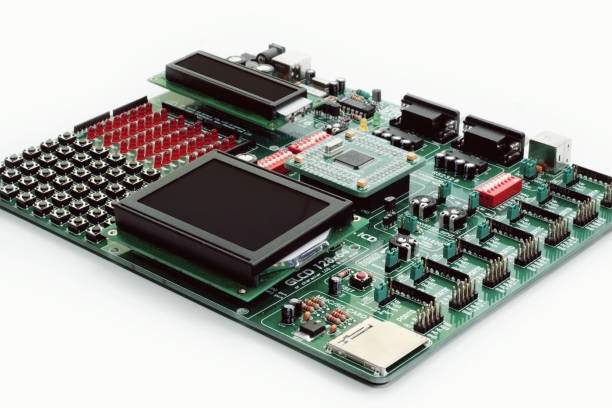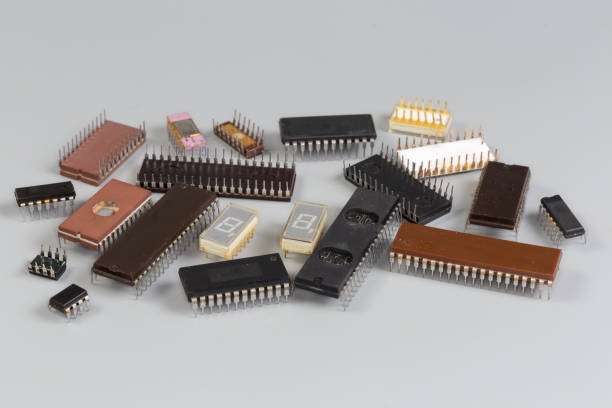1. Bit operations
Bit operations are different from bit-banding. Bit operations operate on each bit of a variable, while logical bit operations operate on the variable as a whole.
Below are six common operators:
Bitwise NOT
void test01()
{
int num = 7;
printf("~num = %d\n", ~num);//-8
}
Bitwise AND
void test02()
{
int num = 128;
if ( (num & 1) == 0)
{
printf("num is an even number\n");
}
else
{
printf("num is an odd number\n");
}
}
Bitwise XOR
void test03()
{
num01 = 1; // 0001
num02 = 4; // 0100
printf("num01 ^ num02 = %d", num01 ^ num02); // 5
}
Bitwise OR
void test04()
{
int a = 6; // binary 0110
int b = 3; // binary 0011
int c = a | b; // a and b bitwise OR, result 8, binary 111, assigned to c
}
Left shift
void test05()
{
int num = 6;
printf("%d\n", num << 3);
}
Right shift
void test06()
{
int num = 6; // 0110
printf("%d\n", num >> 1); // outputs 3
}
The above are ordinary C code examples. Below are code snippets commonly used in STM32:
(1) For example, to change the state of GPIOA->BSRRL, you can first clear parts of the register value using an AND operation
GPIOA-> BSRRL &= 0xFF0F;
Then use a bitwise OR to set the required value:
GPIOA-> BSRRL |= 0x0040;
(2) Use shift operations to improve code readability:
GPIOx->ODR = (((uint32_t)0x01) << pinpos);
(3) Example using bitwise NOT:
TIMx->SR = (uint16_t)~TIM_FLAG;
TIM_FLAG is defined via macros:
#define TIM_FLAG_Update ((uint16_t)0x0001)
#define TIM_FLAG_CC1 ((uint16_t)0x0002)
2. #define macros
#define is a preprocessor directive in C used for macro definitions. It can improve source code readability and assist programming.
Common form:
#define identifier string
Based on the above, here is a simple struct example:
struct sutdent
{
int num;
char name[20];
char sex;
int age;
float score;
char addr[30];
};
To define struct variables, you can declare them directly when defining the struct, or define the struct first and then declare variables, for example:
struct sutdent student01,student02;
 ALLPCB
ALLPCB








